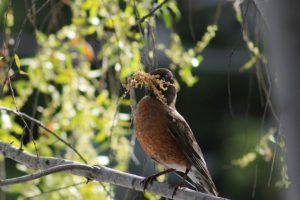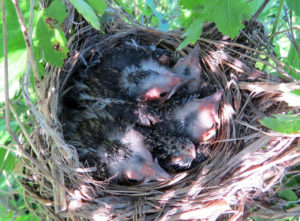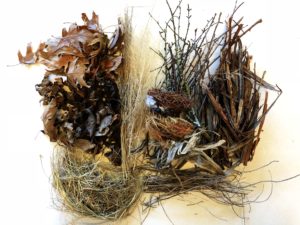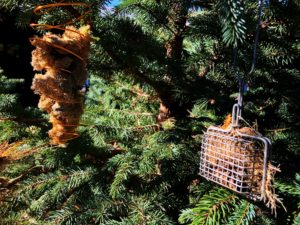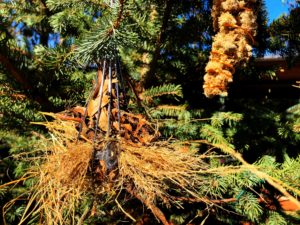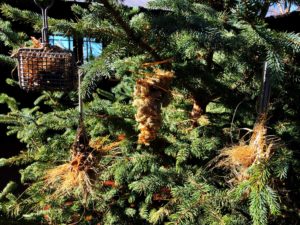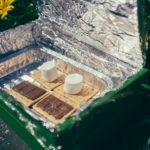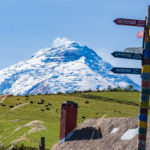Birds of a Feather … Build Nests Together!
Spring is just around the corner at the Arboretum, and many of our native birds are actively collecting nesting materials. While they are perfectly capable of finding their own supplies, there are fun ways that you can help them out and engage your students or families.
Common Features of Nests
While some birds, like the killdeer, do little more than make a depression in the ground, many songbirds native to North Texas are truly expert craftsman, weaving together an intricate mix of materials into a cup-shaped nest sturdy enough to withstand a Texas spring storm or two.
The outside construction of many nests is typically course material, like twigs or leaves, held together with mud, with the inside layers composed of softer materials.
How to Attract Birds to Your Yard
So, how can you attract birds to nest in your backyard? Surprisingly, you don’t have to feed them regularly. If you have nice nooks in your trees – or even rafters above human reach – birds are likely to find your backyard a suitable habitat.
If you can provide an area of loose leaf litter and twigs in the garden, birds will readily use up these materials. But, if you prefer a more pristine look or have animals in the yard, a hanging, nesting-material bobble may be the perfect addition to your backyard.
What Materials Should You Provide Them?
There are an unlimited number of designs readily available online, but any old metal whisk, empty suet feeder or even wrapped wire can do the trick. More important than the way you deliver the materials to your feathered friends, say the National Wildlife Federation and Cornell Lab of Ornithology, is what you provide for them.
The following are excellent resources for our local birds in any combination:
- Dead twigs or leaves
- Dry grass (no pesticides or recent fertilizing)
- Natural Feathers
- Plant fluff or down (e.g. cattail fluff, cottonwood down)
- Moss
- Bark strips (e.g. crepe myrtle)
- Pine needles
Birds may even occasionally seek out shed snake skins and spider webs, but you needn’t provide these on your own!
What shouldn’t you provide? Essentially, anything that isn’t natural – tinsel, foil, cellophane or even dryer lint or vacuum waste. Birds may incorporate some of these items on their own, but they all can be harmful for a variety of reasons, and there is already enough natural material around this time of year.
We hope this inspires you attract some new feathered friends to your outdoor space, and if you create something, send us a photo on social media!
Additional resources:
Hobby Farms Nesting Material Holder Design
NWF Bird Nesting Materials in Your Garden
Cornell Ornithology Lab Dos and Don’ts
Dustin Miller
Director of Education
dmiller@dallasarboretum.org
Related Posts
Comments are closed.


